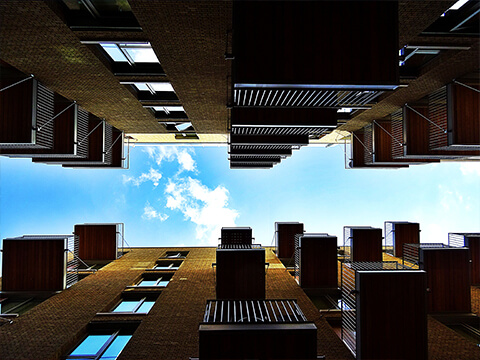 The substantial growth of online retailers this year, most notably Amazon, has created a substantial demand for warehouse space. Online retailers are buying as much warehouse space as close as possible to the end customers they serve. In addition, big box retailers like Target and Walmart are pushing out more inventory to their local areas and need more space to store their products.
The substantial growth of online retailers this year, most notably Amazon, has created a substantial demand for warehouse space. Online retailers are buying as much warehouse space as close as possible to the end customers they serve. In addition, big box retailers like Target and Walmart are pushing out more inventory to their local areas and need more space to store their products.
Types of Warehouses
Before deciding on where to buy or build a warehouse, choosing the type is important. No matter what type of warehouse you select, focus on the short and long-term needs for you and your customers.
- Distribution Center – These types of warehouses are used to store and sell large volumes of products. The warehouses are for several manufacturers to keep and sell their goods to retailers. They are an essential link in the supply chain and goods are typically held for shorter periods of time.
- Climate-controlled Warehouse – Often used for perishable foods, fresh flowers and frozen goods, these are most often used by grocery stores and food manufacturers.
- Private Warehouse – These warehouses are owned by companies and used exclusively for their own products. They require an initial investment to buy or build and can be done near manufacturing facilities or off-site.
- Public Warehouse – This facility is open to the public and are usually for shorter-term storage needs. Some warehouses cater only to businesses while others are available to more residential customers too.
- Fulfillment Center – a third-party warehouse that integrates several parts of the supply chain process to store, process orders, packing and shipping for customers. Fulfillment centers allow companies to outsource many of these essential functions without having to add employees and expensive overhead.
Location is Key
Traditionally, warehouses were located in centralized logistics areas close to airports, port authorities or major interstates. Today, warehouses should be located near the end customer, considered “last-mile” delivery access points. Ideally they are near highways and stable customer bases, but the targeted customer is the most important focus.
With the significant demand for warehouse space, consider converting existing spaces to meet your needs. Vacant retail stores, empty office spaces, parking garages and older industrial sites can be transformed to flex space or fully transitioned into a warehouse that is closer to customers’ homes.
Building Your Own Warehouse
In many areas of the country, there is a definite lack of available warehouse space. Whether your company is expanding and has outgrown your existing space, want to be closer to your customers or distribution hubs, or simply want to invest in a hot part of the real estate market, building a warehouse is a solid investment. There are some important considerations when thinking about building a warehouse. These include:
- Do your research
- Take your time
- Build or renovate
- Consider space requirements and how to maximize it
- Involve stakeholders
- Hire an experienced developer
- Incorporate new technologies whenever possible






